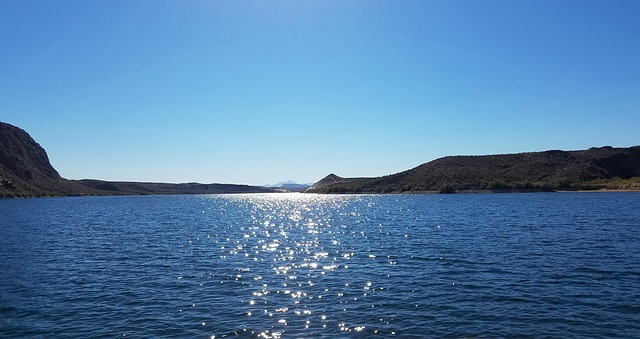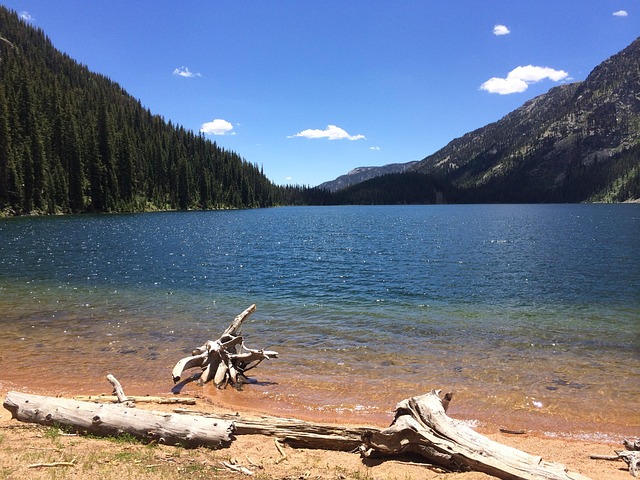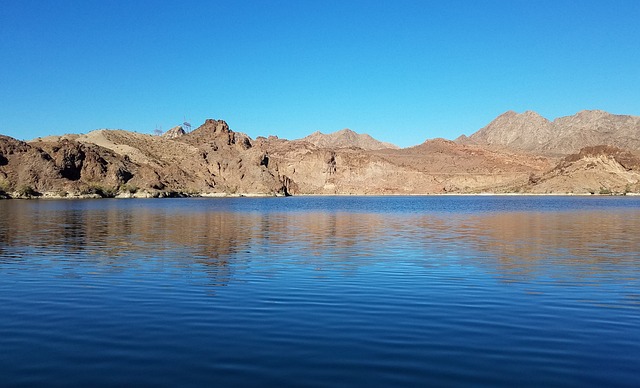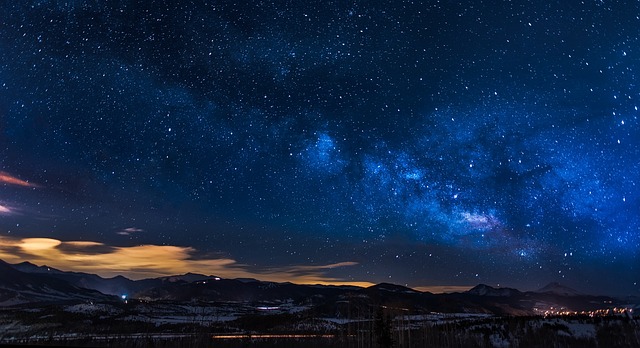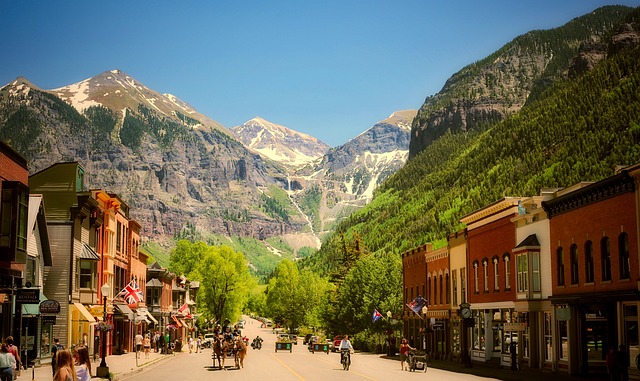Remote border communities in Utah offer a tranquil escape from city life, with stunning natural views, tight-knit neighbors, and diverse real estate options ranging from cozy cabins to expansive ranches. Growing interest in rural living has driven market trends, creating a vibrant yet niche market for investors seeking off-the-beaten-path locations. Embracing sustainable practices like renewable energy and green building can foster resilient micro-economies centered around ecologically sound and high-quality real estate.
Discover the enchanting world of remote border communities in Utah, where untapped potential meets breathtaking landscapes. This article explores the unique allure of these isolated havens, delving into thriving real estate opportunities amidst stunning natural scenery. From market trends shaping the industry to strategies for sustainable development, we uncover challenges and opportunities defining the future of these captivating locations. Explore how remote Utah border communities are transforming into desirable real estate destinations.
The Unique Appeal of Remote Border Communities in Utah

Remote border communities in Utah offer a unique allure for those seeking a tranquil and off-the-beaten-path lifestyle. Nestled between breathtaking landscapes, these areas provide a sense of seclusion and peace that is hard to find in more urbanized settings. The real estate in these regions boasts stunning natural views, from majestic mountains to serene lakes, making it an attractive option for nature enthusiasts and those looking to escape the hustle and bustle of city life.
These communities often foster a strong sense of connection among residents, creating a tight-knit tapestry where neighbors become close friends. The slower pace of life allows individuals to appreciate the simple pleasures, such as stargazing, hiking local trails, and immersing oneself in the rich cultural heritage of the region. This unique appeal makes remote Utah border communities an ideal choice for those seeking a peaceful haven with ample opportunities for exploration and relaxation.
Real Estate Opportunities and Market Trends

The remote community nestled on Utah’s border presents a unique opportunity for real estate investors seeking off-the-beaten-path locations. With vast open spaces and breathtaking landscapes, this area has seen a growing interest in rural living and second homes, driving market trends towards more diverse property options. From cozy cabins to expansive ranches, the real estate opportunities are diverse, catering to various lifestyles and preferences.
Local market trends indicate a balance between traditional sales and unique listings. Many residents embrace the tranquility of this remote setting, leading to a stable demand for properties that offer privacy and natural beauty. As a result, well-maintained homes with distinctive features and land suitable for outdoor pursuits are highly sought after. Investors looking to capitalize on these trends can expect a vibrant yet niche market, where property values reflect the community’s desire for both seclusion and easy access to outdoor adventures.
Building a Sustainable Future: Challenges and Opportunities
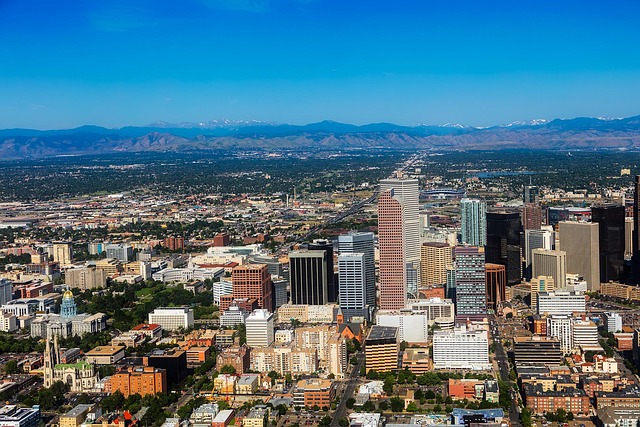
Building a sustainable future in remote communities on Utah’s border presents both challenges and opportunities. One of the primary hurdles is access to essential services, including healthcare, education, and reliable internet connectivity—all vital components for modern real estate development. The remoteness of these areas can make providing these services cost-prohibitive and logistically difficult. However, this also opens up unique opportunities for innovative solutions.
Community-driven initiatives, leveraging renewable energy sources, sustainable agriculture, and smart technology, offer promising paths forward. By embracing green building practices and promoting self-sufficiency, remote Utah border communities can create resilient environments that attract like-minded individuals and businesses seeking a high quality of life away from urban centers. This shift could lead to the development of thriving micro-economies centered around real estate that are both ecologically sound and economically viable.
